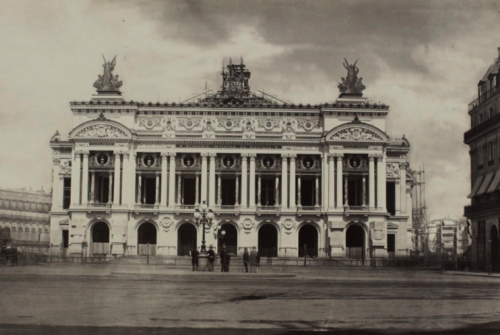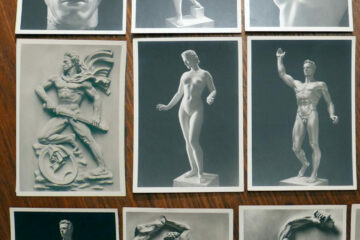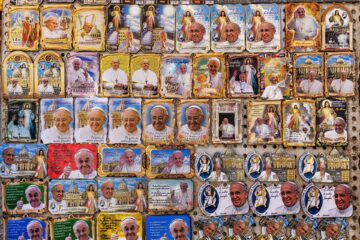A Public Beauty Deficit
by Henry Dampier
WHEN YOU travel in European cities that are older than modernity, and contrast them with modern cities, the difference in both scale and in public decoration is stark. In modern cities, the trend is to have no recognizable human features to any of the buildings or public decorations. Where there is representational art, it tends to be fractured like a Soviet collage, in Socialist-Realist style (especially if it dates to the New Deal era), or intentionally mimicking the primitive art styles of African or Native American art.
What’s absent from modernist cities (and the interiors of modern homes) is, with rare exceptions, the sculpture and art that characterizes European culture. Although we are not yet Islamic, which bans human representation in art in its pure form, modernism shares its obsession with geometry, albeit with an impressionistic desire to blur lines, smudge color, and defy symmetry.
While our walls and buildings are mostly bare, modern people spend a lot of their time staring into screens at photographs or moving pictures of other people. In many cases, these pictures are without much historical context. They’re islands in themselves, or merely reference another recent moving picture. The forms may be consciously copied from an older, traditional plot, but the links are usually oblique.
This lack of beauty in public life draws people to one another more urgently. Because our environment has been intentionally made ugly and inscrutable, the most beautiful images are those attached to products, or, in the case of social media, other people packaged, categorized, and sold as if they were products (because they are products). On the digital meat markets, you will attract better renters for your body if you sell yourself as if you were a destination vacation, staging the right photo, trying hard while making it look effortless.
Exactly like a prostitute does, except they earn money doing it, while most people only earn heartache, stories to brag about, and regrets. Everyone winds up with the spirit of a washed-up old whore, but without the plump savings account to show for it.
When the human environment is beautiful, the pressure on the people themselves to satisfy those urges dissipates. Artists create objects of desire that lessen the need for people to treat one another as objects of worship and desire. Those artifacts can also be symbolic anchors for the culture that we maintain together, its rules, its moral sensibility, and its sense of the past and future.
Our public art has been purposefully brought to the low level of a forest tribe, but our social needs are far greater than that of a forest tribe. A forest tribe of a few hundred people doesn’t really need much art or culture to maintain itself. A small number of priests, some basic sculptures, a few pots, and some ritual dances are more than sufficient. The more complex the culture, the more that the forces of chaos and entropy pull it apart.
Because we have ceded our public spaces to the ugly requirements of machines rather than humans, people tend to be lost, scattered, and desperate. There are no symbolic signposts to explain what this culture is, what is expected of its people, and what is granted to them. The history is in impenetrable mountains of text, but the average person is barely capable of digesting more than a couple hundred words per minute, if they can do that. By contrast, human symbols can be comprehended within milliseconds by anyone, while deeper layers of meaning can be unlocked by people with greater cultivation.
In the past, the answer to the question of ‘what is art’ is readily appreciable by anyone with eyeballs. Today, the question is intentionally obscured, and to provide the correct answer is to get a C- on your paper, even with grade inflation.
* * *
Source: Social Matter






